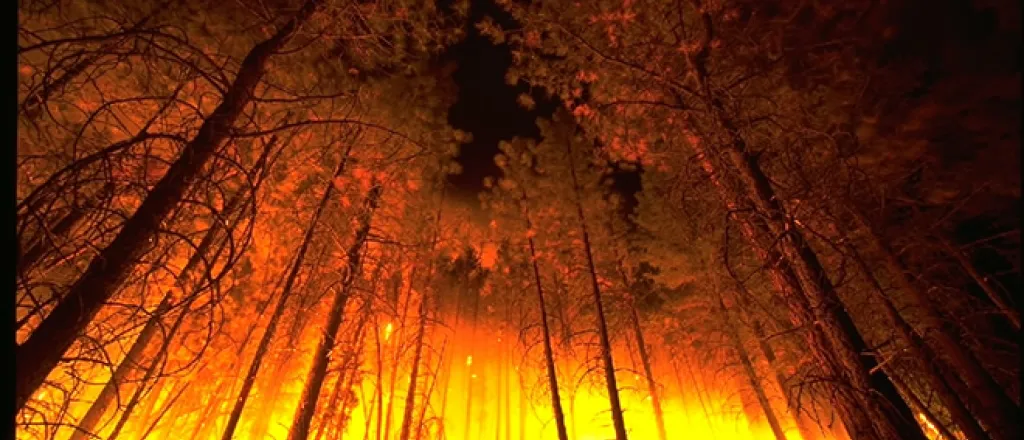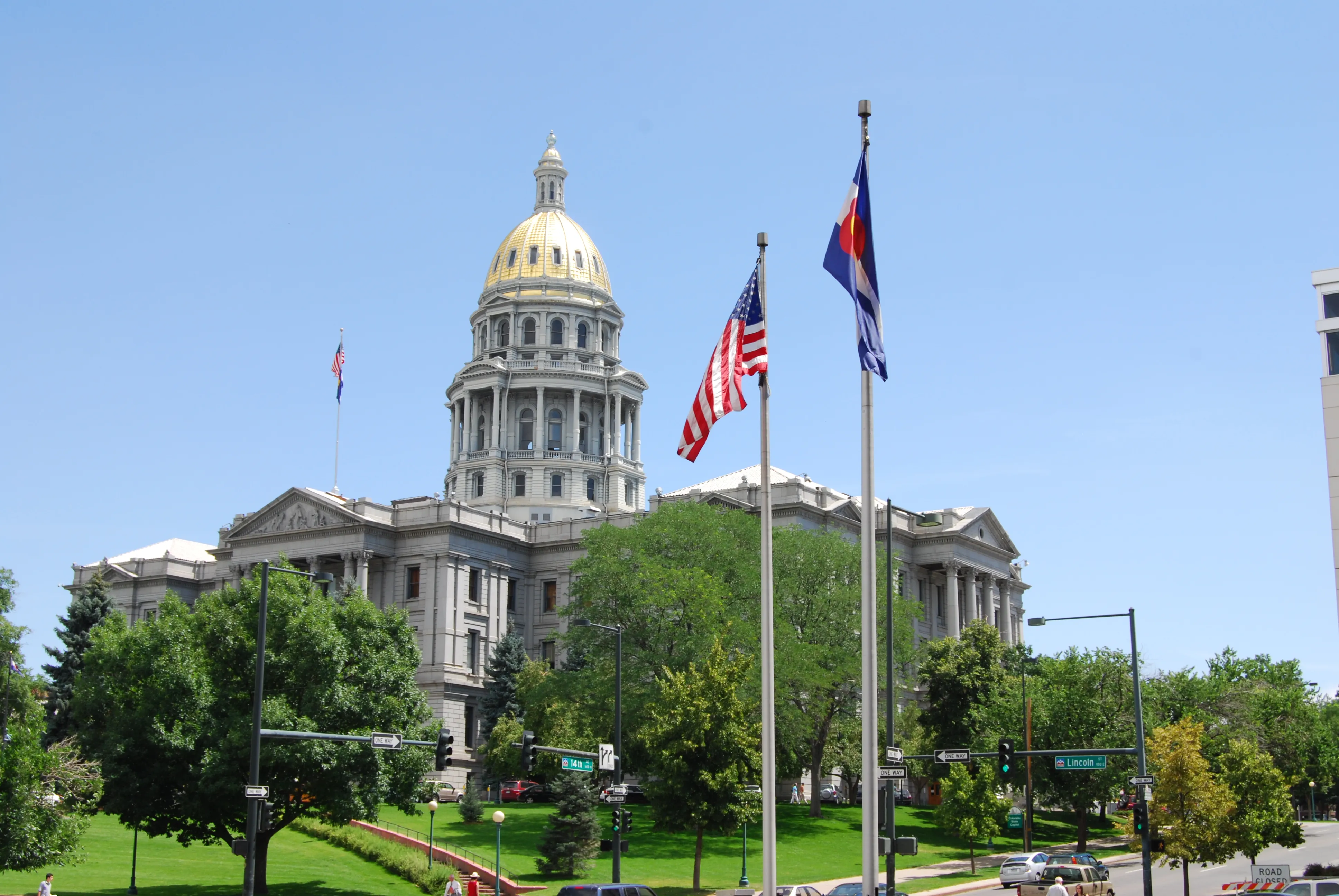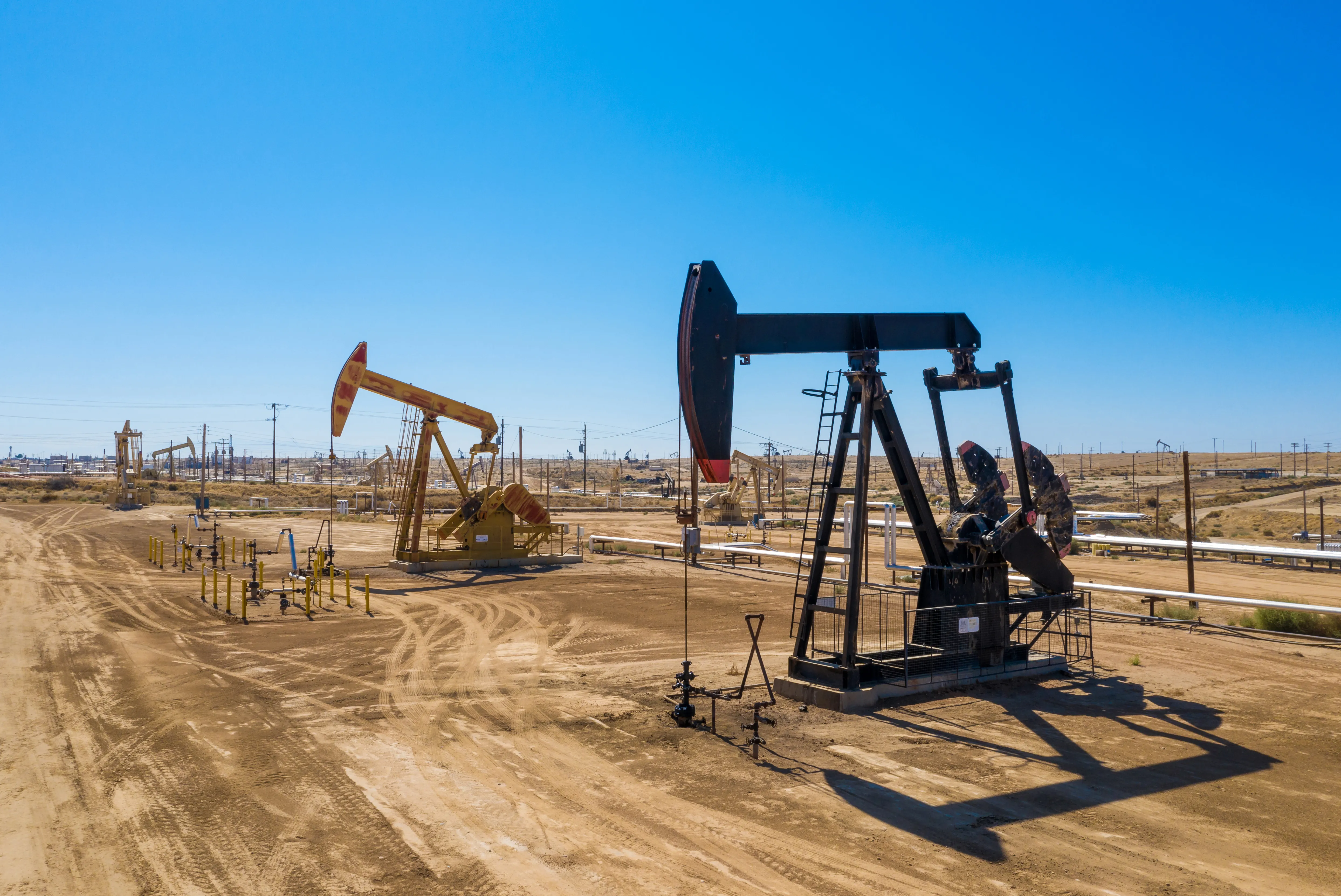
Firefighters to conduct fuel reduction burns in Grand Teton National Park
(The Center Square) – Firefighters will conduct a series of fuel reduction projects to prevent wildfires in Grand Teton National Park over the next few weeks, the National Park Service (NPS) announced this week.
The projects will include thinning trees and removing low-hanging branches, dead wood and brush from the forest floor. Firefighters will then burn piles of the debris "under low fire behavior conditions resulting from wet weather and snow accumulation," NPS said.
However, officials said it is difficult to know exactly when the work will begin because the piles can only be ignited under certain conditions such as favorable winds and weather.
Beaver Creek and Elk Ranch will be among the areas in Grand Teton National Park that will we impacted by the burns.
"Smoke may be visible from these piles during the day of ignition and may linger in the area for a few days following," said NPS, which will monitor the areas after the burns.
Jonathan Wood, vice president of law and policy at the Bozeman, Mont.-based Property and Environment Research Center (PERC), a free enterprise think tank, told The Center Square that “wildfires are a significant threat not only to western communities, air quality, and watersheds, but also America's treasured national parks."
“This summer, fires burned through nearly 70% of Lassen Volcanic National Park and may have killed hundreds of giant trees in Sequoia National Park. Mitigating fire risks through fuel reduction and prescribed burns is critical to protecting some of our most cherished places,” Wood added.
A report by the University of Wyoming’s Department of Geology and Geophysics that was published in June concluded that Wyoming may be in for a long wildfire season because the Rocky Mountain region is experiencing hotter summers and drier winters, both of which are turning old trees into wildfire fuel.
The Teton Interagency Fire has put out 44 fires since April of this year, according to data. Twenty-seven of those fires were caused by lightning while another six were determined to be caused by humans.
















